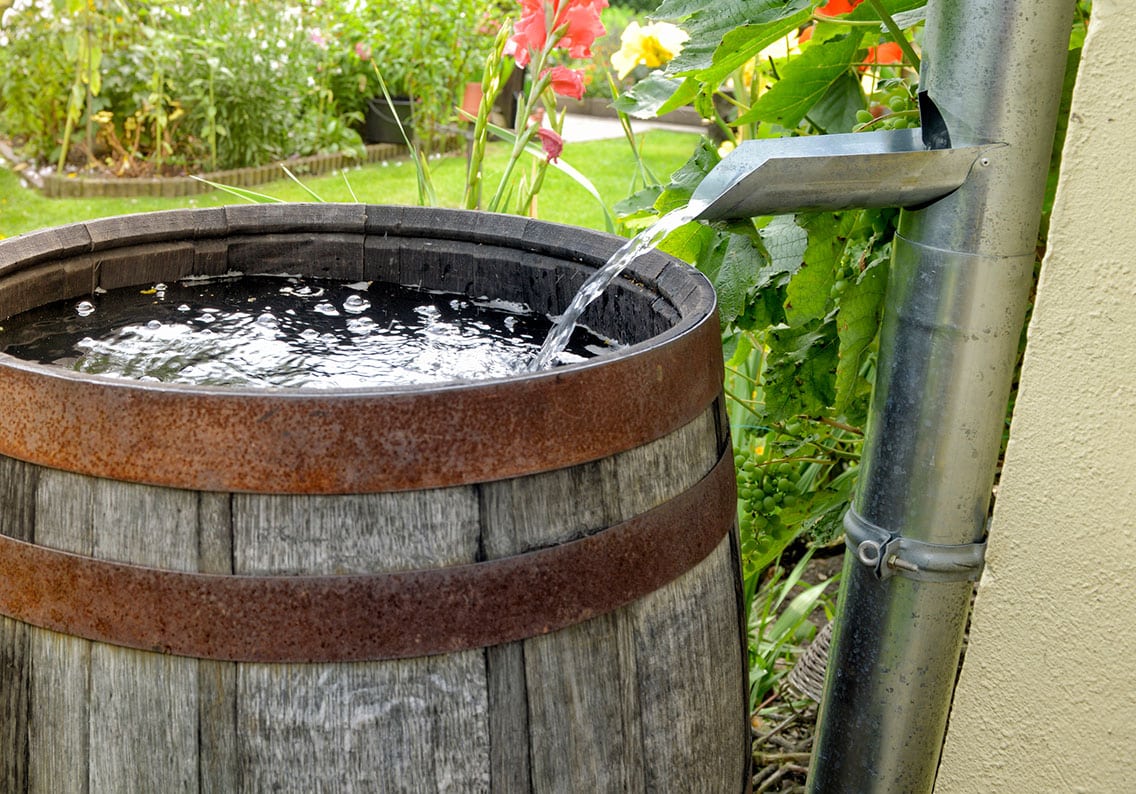1.1K
Collecting rainwater with a downpipe can be useful if you also want to act sustainably when watering the garden. In addition, collecting the water can save you money. We explain how you can proceed.
Collecting rainwater with a downpipe: What to bear in mind
If you want to water your garden sustainably, you should collect the rain and stockpile the rainwater for irrigation.
- The most desirable method of doing this is to collect rainwater by tapping into the downspout, from where the collected rainwater can be diverted into a storage tank.
- If you want to drain the rainwater from the downpipe, i.e. the pipe from the gutter, there are a few things you need to consider. Since the pipe is usually easily accessible and large amounts of rainwater can be drained off, it is particularly suitable to take water from this point.
- For every litre you capture with the rain screen, you can reduce your irrigation costs.
- Because the technical effort involved is low, collecting rainwater is also worthwhile for small roof areas.
- When choosing a collection container, you should take into account the water requirements of your garden irrigation system on the one hand and the size of your roof area on the other. Basically, the larger a container is, the more water you can collect. If one tank is not enough, you can also connect several tanks together at a later date.
- In order to be able to drain water continuously with the downpipe, you must ensure that no foreign objects land in the container from the roof. To prevent smaller branches, leaves or other debris from entering the downpipe, you can fit a leaf trap at the top of the downpipe.
- To keep the leaf trap clean and unclogged, you need to clean it at regular intervals.
- To ensure that dust, dirt and sand also do not end up in the container, you should also install a sand separator to keep smaller debris from entering the container, as this would otherwise encourage algae growth.
- Besides this, you should protect your catchment tank with an overflow.
